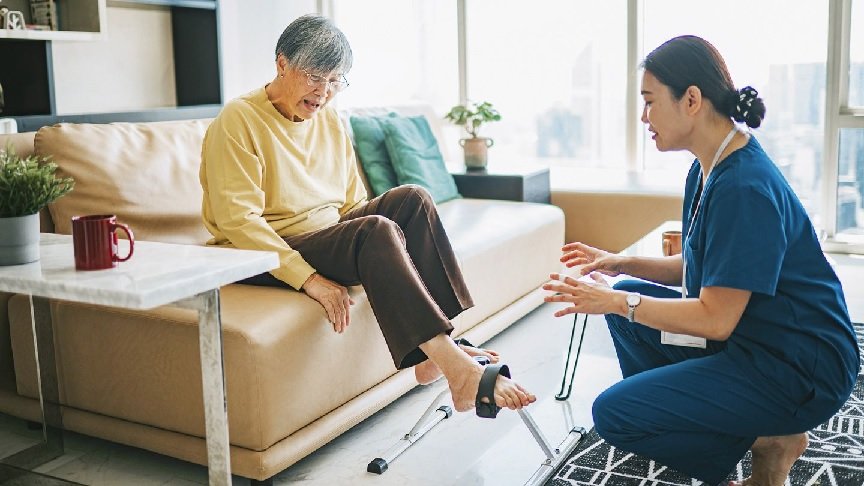A stroke can be a life-altering event, impacting an individual’s ability to move, speak, and perform daily tasks. Recovery from a stroke often involves a long and challenging journey, but physical therapy can play a vital role in helping individuals regain their mobility, independence, and quality of life. By focusing on tailored exercises and rehabilitation techniques, physical therapy helps stroke survivors rebuild strength, improve coordination, and regain control over their bodies. In this blog post, we will explore the benefits of physical therapy for individuals recovering from stroke, highlighting how it can support mobility and independence and the importance of personalized exercise programs.
Regain Mobility and Independence After a Stroke
One of the most significant challenges stroke survivors face is the loss of mobility and independence. Depending on the severity of the stroke, individuals may experience weakness or paralysis on one side of the body, difficulties with balance, and a lack of coordination. These impairments can make it difficult to perform everyday tasks, such as walking, dressing, or cooking. Physical therapy is crucial in helping stroke survivors regain mobility and rebuild their ability to perform these essential activities.
Physical therapists work with stroke survivors to develop a comprehensive rehabilitation plan that addresses their specific needs. This plan often includes exercises to improve muscle strength, balance training to enhance stability, and gait training to help patients relearn how to walk. Additionally, therapists may use assistive devices, such as canes or walkers, to support mobility and ensure safety.
By focusing on improving mobility and independence, physical therapy empowers stroke survivors to regain control over their lives, reducing the risk of falls and enhancing their ability to participate in daily activities. Individuals looking for physical therapy near me can find specialized stroke rehabilitation programs that provide the care and support needed for successful recovery.
Tailored Exercises to Improve Strength and Coordination
Recovery from a stroke is a highly individualized process, and no two patients experience the same challenges. That’s why tailored exercise programs are essential for effective rehabilitation. Physical therapists design personalized exercise regimens that target the specific impairments caused by the stroke, helping patients rebuild strength, improve coordination, and enhance overall function.
These exercises may include resistance training to strengthen weakened muscles, stretching to improve flexibility, and motor control activities to enhance coordination. Therapists also incorporate activities that mimic daily tasks, helping patients practice the movements they need to perform everyday activities independently. Regular progress assessments allow therapists to adjust the exercise program as needed, ensuring that it continues to meet the patient’s evolving needs and goals.
For those seeking specialized care, northwest physical therapy offers personalized rehabilitation programs that focus on the unique needs of stroke survivors. By providing tailored exercises and one-on-one support, these programs help individuals achieve their maximum potential for recovery.
Conclusion
Physical therapy is a vital component of stroke recovery, offering stroke survivors the tools and support they need to regain mobility, independence, and quality of life. Through personalized exercise programs and targeted rehabilitation techniques, physical therapy helps individuals rebuild strength, improve coordination, and restore their ability to perform daily tasks. Whether you’re recovering from a stroke or supporting a loved one through the process, investing in physical therapy can make a significant difference in the journey toward recovery.
Take the first step toward regaining control and independence by exploring the benefits of physical therapy today. With the right care and guidance, stroke survivors can achieve meaningful recovery and lead fulfilling, active lives.
Read More: 8 Fashion Faux Pas for Short Dress
